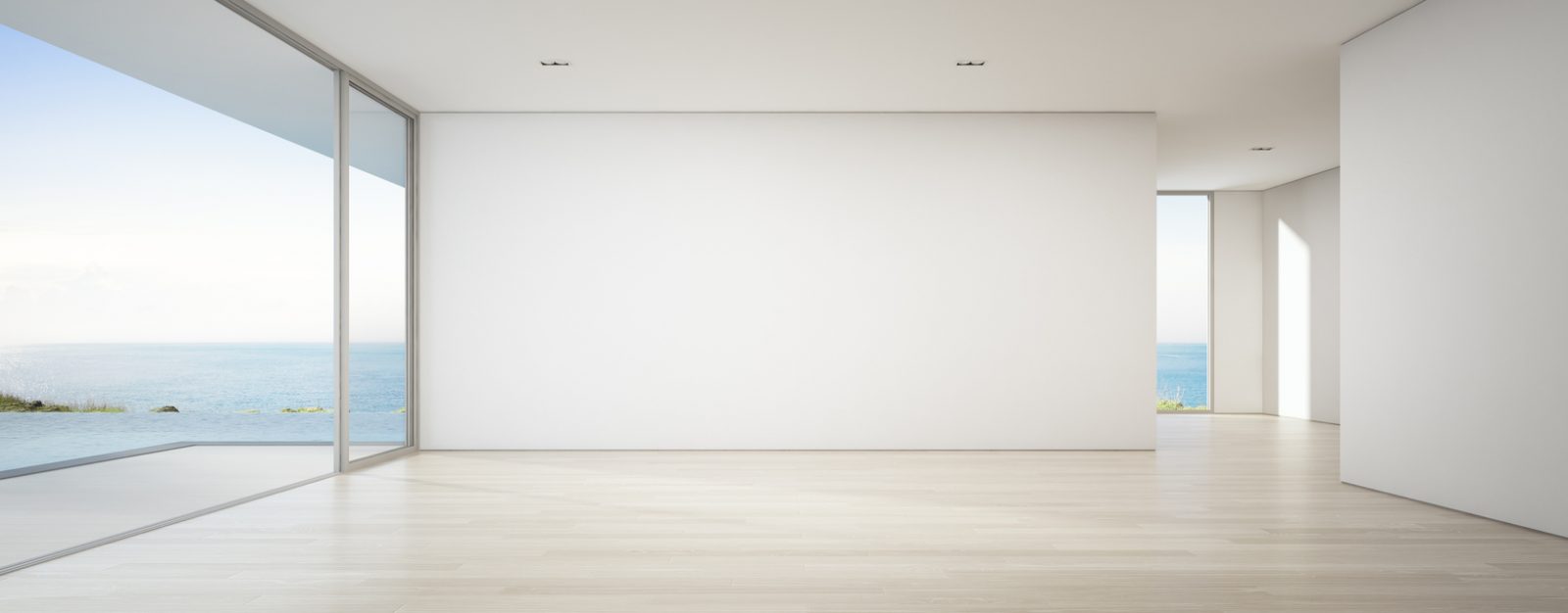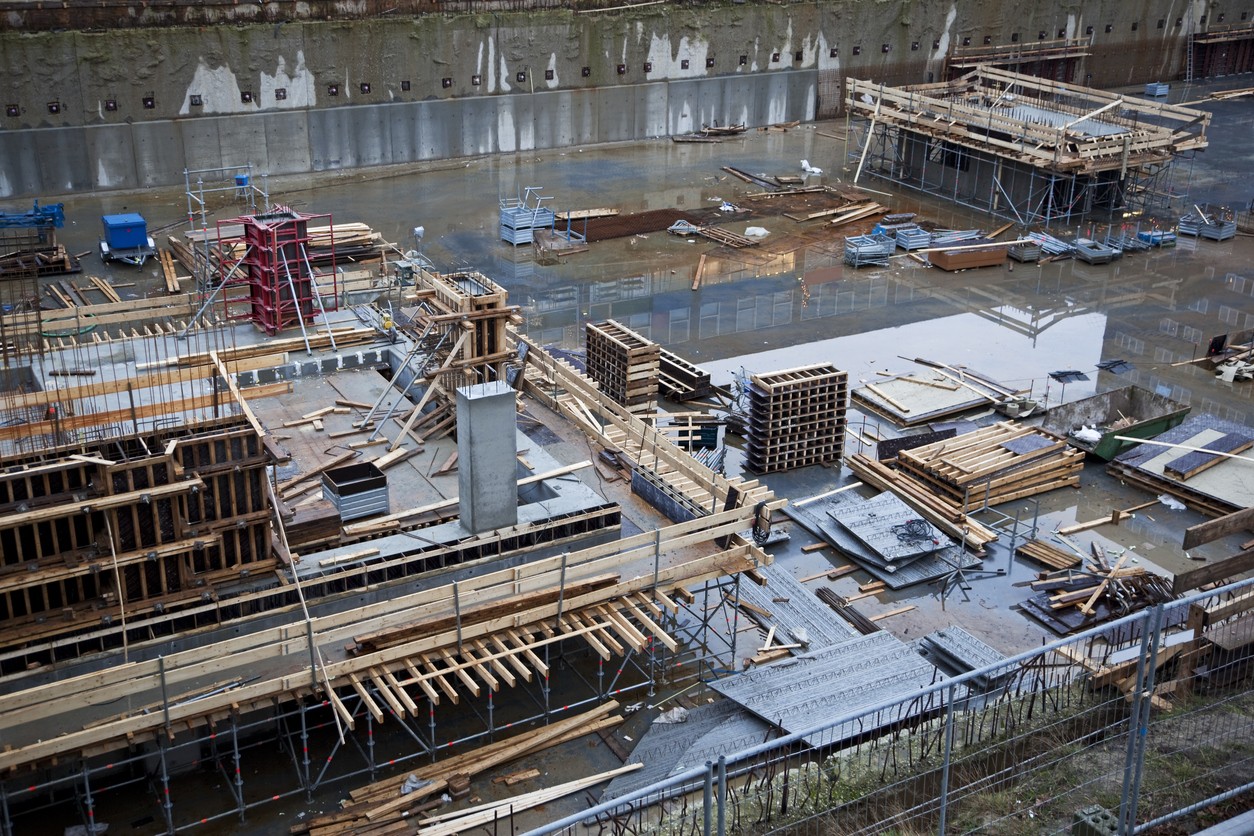For many homeowners, the choice often comes down to getting unsold dwelling insurance for the second year or sticking with builder’s risk insurance. Whatever your client ultimately decides, it is important to know what each option entails.
If you have clients that already have builders risk, they might be wondering why it is necessary to obtain unsold dwelling insurance for their new home. When choosing between unsold dwelling and builders’ risk, it is helpful to be informed of the extent of coverage provided by each.
In many cases, unsold dwelling is offered as a third-year option that homeowners typically add to the two-year coverage most builders’ risk plans provide. But there are many factors to consider when deciding to continue with builders risk or shift to unsold dwelling insurance. Let’s take a look at some of the essential aspects of each:
Extent of coverage
Builders’ risk belongs to the category of “course of construction” insurance. It generally covers loss or damage to materials, fixtures, and equipment scheduled for installation.
Coverage range and limits vary considerably depending on the materials and equipment and the type of construction undertaken. Builders’ risk usually covers incidents such as fires, theft, and vandalism. In some cases, policyholders may even get additional coverage for flood, storm, earthquake, and income and expenses protection.
Unsold dwelling covers risks that may occur throughout the entire construction project. It may apply to buildings nearing completion or those already completed but have not yet been sold. These policies usually cover damage caused by fire, lightning, storms, snow, and other factors.
Eligibility concerns
Builders risk insurance can be purchased by the following:
- Builders
- Property owners
- Contractors
- Home resellers
- Developers
- Retail firms
- School districts
As an insurance agent, you may also purchase these types of insurance policies on behalf of your personal or commercial lines clients, who will essentially be the policyholders.
Unsold dwelling policies are available to a narrower range of customers. Builders and homeowners of new construction projects can usually avail this insurance if the completed building is intended for sale and not for rent.
When to obtain coverage
Builders risk insurance is offered as a “time of need” policy. This essentially means that you provide a quote as soon as your clients decide that they need coverage. Policies are usually issued quickly, as many builders and homeowners need to present proof of insurance coverage when applying for a construction loan.
In most cases, builders’ risk insurance is obtained before construction starts. While some firms may be able to provide coverage for an ongoing project, factors such as the extent of completion will have to be considered.
Unsold dwelling insurance can be obtained under the following circumstances:
- the project is near completion
- the structure is placed on the market
- the two-year coverage of builders risk is about to end
Your clients may also obtain unsold dwelling insurance after one year of builders’ risk coverage.
Key takeaways
One of the most important things to remember is that builders’ risk insurance and unsold dwelling policies mainly differ in price and coverage. Builders risk generally provides more comprehensive coverage that will protect your clients while construction is ongoing.
Unsold dwelling insurance is usually more expensive because property nearing completion typically has a higher value. And while your clients will earn the full amount of builders’ risk for newly constructed property, unsold dwelling insurance for new homes entails pro-rata cancellation.
Property owners may decide that they need only a few months of coverage when their builders’ risk is about to lapse. Although switching to unsold dwelling might seem to be the most feasible option at this point, that may not necessarily be the case. Even if it seems they might save money by transitioning to an unsold dwelling policy, they might actually have to pay higher rates for less coverage. If so, it might make more sense to stick with builders’ risk for another year.
Remind your clients that they can extend their builders’ risk for another year if construction is completed, but the house remains unsold. It is also advisable to find out when coverage kicks in and ends.
For residential construction costing upwards of $8 million, even continuing with builders risk for a third year might be a feasible plan. This is often doable after obtaining underwriting approval. For properties costing less than $8 million, switching to unsold dwelling insurance might make more sense if more coverage is required after the second year of a builders’ risk policy.
In any case, you and your clients should thoroughly review the coverage forms for both builders’ risk and unsold dwelling insurance. Doing so will help you gain a clearer understanding of what each insurance option entails.
About Snyder Specialty
Snyder Specialty, LLC is a New York-based underwriting facility that provides a range of property and liability solutions for personal and commercial lines. Specializing in coastal properties and hard-to-place risks, Snyder Specialty expands your current capabilities with proven solutions for complex risks. Find out more about the company’s range of services by calling (718) 362-8039.



